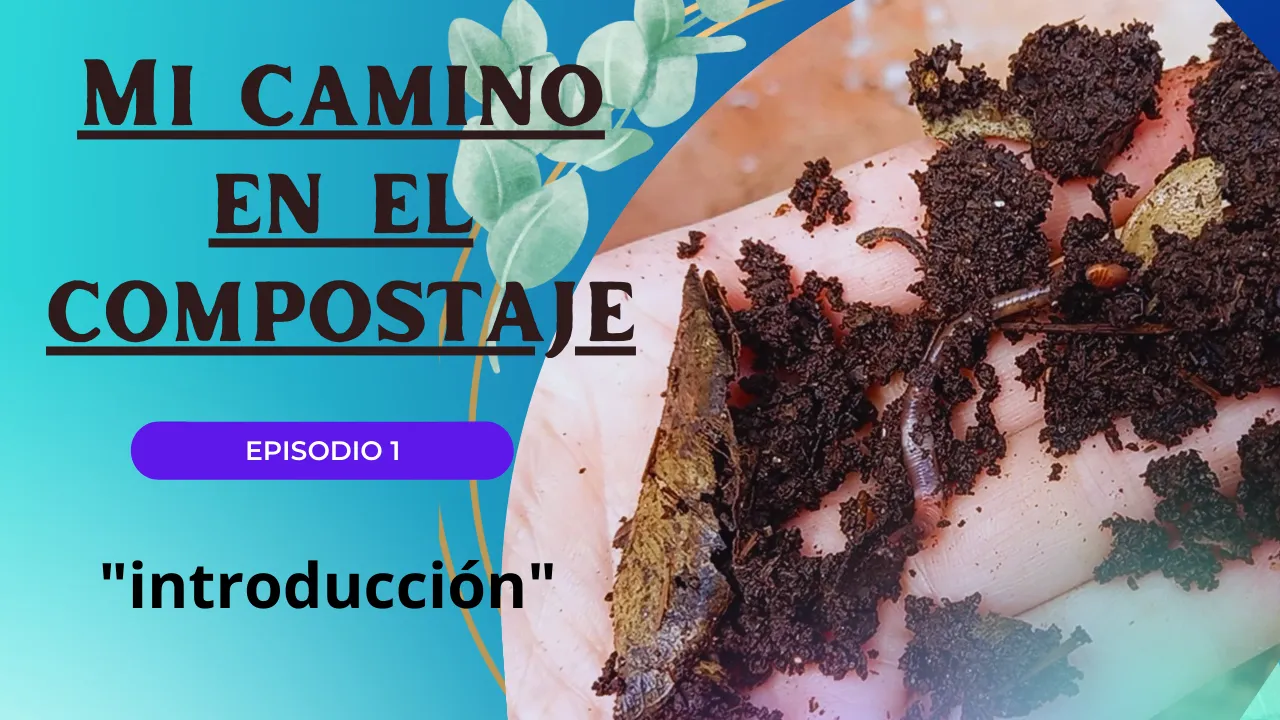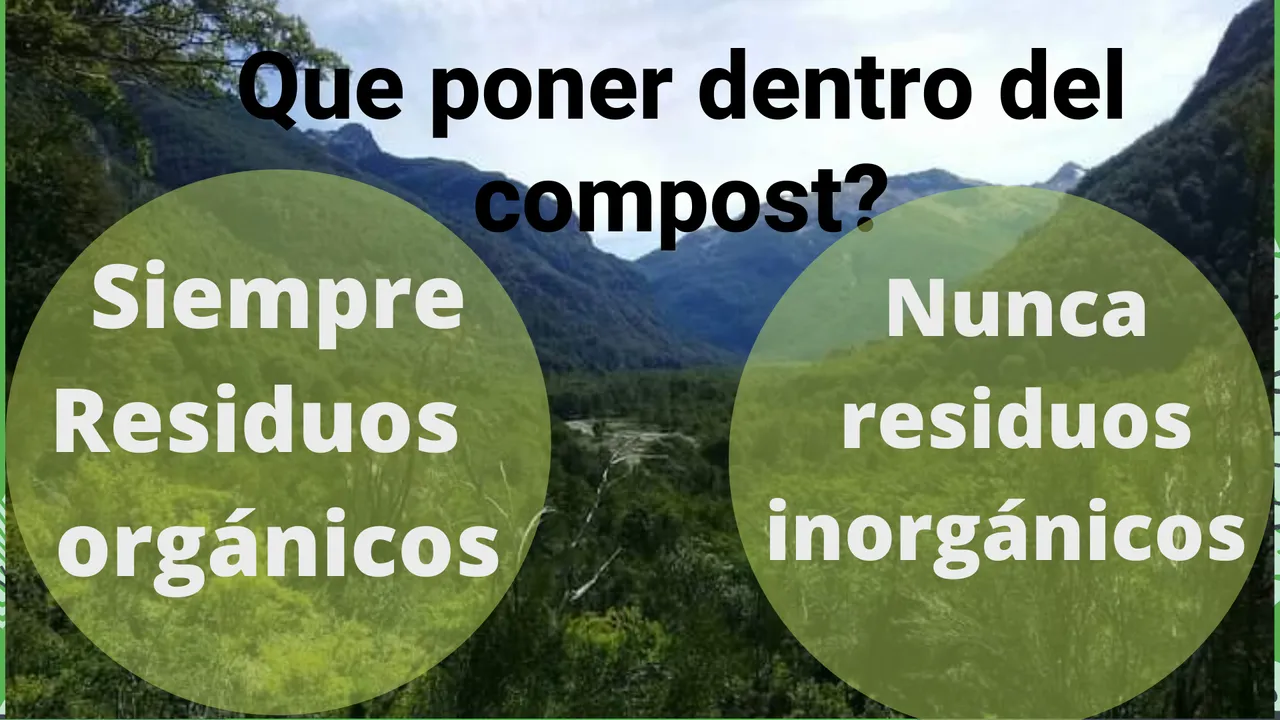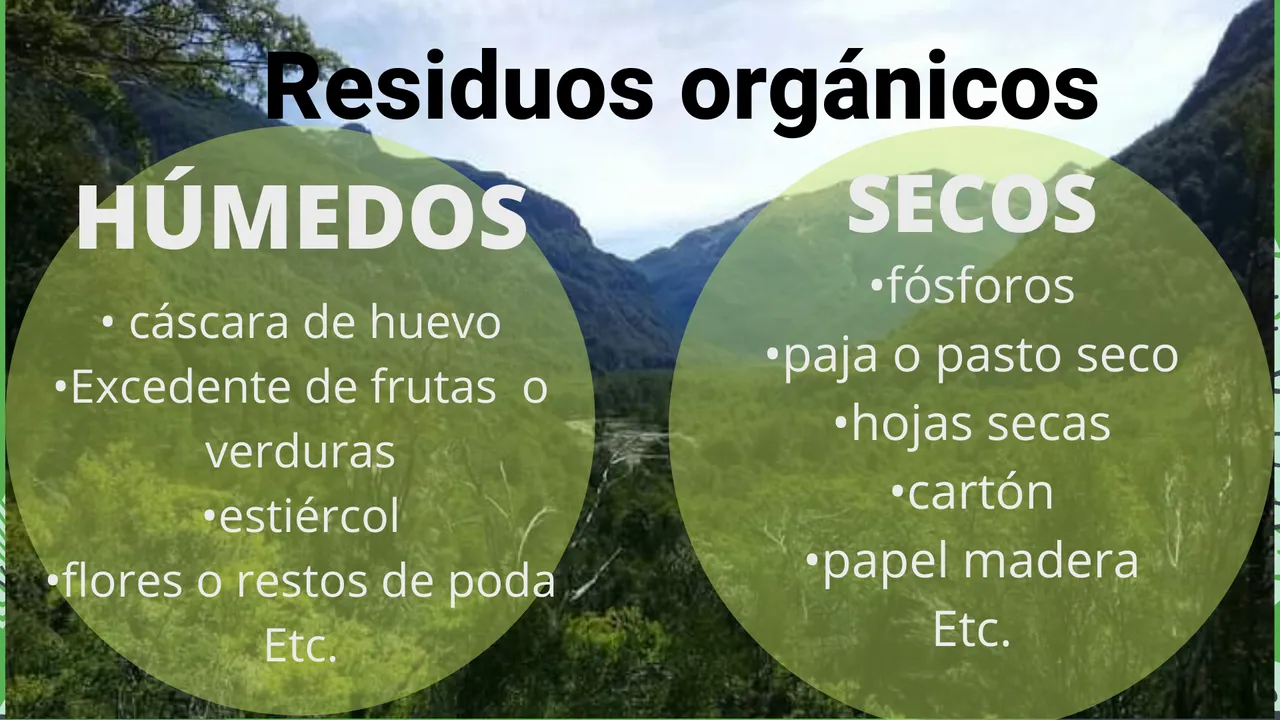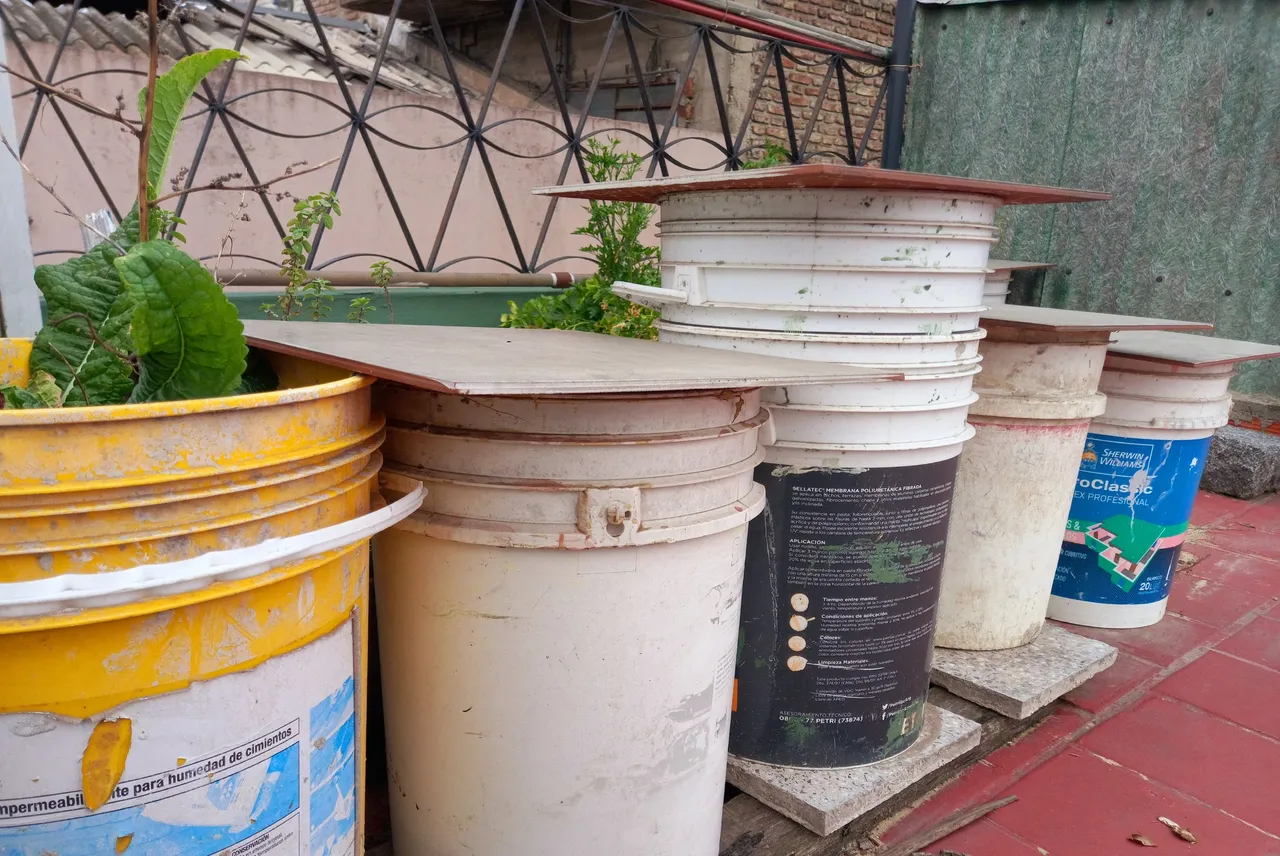Bienvenida comunidad a una pequeña secuencia de experiencias con el compostaje!
Si bien no soy una experta en el tema, durante los últimos 2 años, estuve tomando talleres en el INTA (Instituto Nacional de Tecnología Agropecuaria) y siguiendo a varios grupos de huerta.
Por fin me di el tiempo de aprender sobre un tema que siempre me había gustado y por trabajo o por la vorágine de la vida, nunca lo había podido hacer.
Me gusta investigar o aprender un poco de cada persona que brinda información y darle mi propia impronta, asique aquí comienzo a compartir mis vivencias con el compostaje:

¿Que es el compost?
Es un proceso de transformación de la materia orgánica. Este proceso se lleva a cabo por la presencia de humedad, oxigeno y organismos descomponedores, como lombrices, escarabajos, mosquitas(de la fruta), etc.
Vale aclarar que es un proceso natural, del cuál se obtiene un abono riquísimo en nutrientes.
¿Para que sirve el compost?
Para fertilizar la tierra, ayuda a devolverle los nutrientes al suelo! Aporta estructura y aireación necesarias para la siembra en un suelo sano.
¿Cómo armo mi compost?
Siempre con material orgánico, nunca inorgánicos como plásticos, aceites, restos de carnes(atraen roedores y eso casi nunca es bueno), etc.


¿Donde armo mi compost?
Es muy sencillo, y hay muchas formas de armarlo tengas o no mucho espacio!
Si tenés un jardín se recomienda armar una pila de compost directo sobre el suelo. Así los microorganismos empiezan a hacer su efecto! Se pueden cercar o apuntalar. También existen composteras plásticas o de madera, en la cuál el compost queda más cubierto(forma de caja).
Si no tenés espacio verde, o tenés un espacio reducido podés optar por otras composteras plásticas con el piso cerrado y/o apilables.
Hay muchos modelos, marcas y materiales para elegir!
En mi caso, no tengo jardín solo una terraza enorme y como mi economía no es tan holgada decidí armar mis propias composteras recicladas, en tachos de pintura de 20 litros.

Foto: En la terraza de casa ya tenemos 10 baldes de compost, algunos listos para cosechar, otros en proceso y otros ya fueron abono para plantas que dieron sus frutos en esta temporada.
Y la verdad es que me funcionaron muy bien! Hace mas de un año que vengo reciclando, compostando y sembrando. De este modo mis residuos se redujeron en mas de un 50%.
En los siguientes 2 episodios, les voy a mostrar el ciclo del compost hecho a lo largo de 1año y medio y como hacer una compostera casera.
Ojalá les guste la información
Abrazos.
English
Welcome community to a small sequence of experiences with composting!
Although I am not an expert on the subject, during the last 2 years, I have been taking workshops at INTA (National Institute of Agricultural Technology) and following several garden groups.
I finally took the time to learn about a subject that I had always liked and because of work or the hustle and bustle of life, I had never been able to do it.
I like to investigate or learn a little from each person who provides information and give it my own stamp, so here I begin to share my experiences with composting:
What is composting?
It is a process of transformation of organic matter. This process is carried out by the presence of humidity, oxygen and decomposing organisms, such as earthworms, beetles, fruit flies, etc.
It is worth clarifying that it is a natural process, from which a nutrient-rich compost is obtained.
What is compost used for?
To fertilize the soil, it helps to return nutrients to the soil! It provides structure and aeration necessary for planting in a healthy soil.
How do I make my compost?
Always with organic material, never inorganic such as plastics, oils, meat scraps (they attract rodents and that's almost never good), etc.


Where do I set up my compost?
It's very simple, and there are many ways to set it up whether you have a lot of space or not!
If you have a garden it is recommended to build a compost pile directly on the soil. This way the microorganisms start to take effect! They can be fenced or propped up. There are also plastic or wooden compost bins, in which the compost is more covered (in the form of a box).
If you do not have green space, or you have a reduced space, you can opt for other plastic composters with a closed floor and/or stackable.
There are many models, brands and materials to choose from!
In my case, I don't have a garden, just a huge terrace and as my economy is not so comfortable I decided to make my own recycled compost garbage cans, in 20 liter paint buckets.

Photo: On the terrace at home we already have 10 buckets of compost, some ready to harvest, others in process and others were already fertilizer for plants that bore fruit this season.
And the truth is that they worked very well for me! I have been recycling, composting and planting for more than a year. In this way my waste has been reduced by more than 50%.
In the next 2 episodes, I will show you the compost cycle made over a year and a half and how to make a home composter.
I hope you like the information
Hugs.